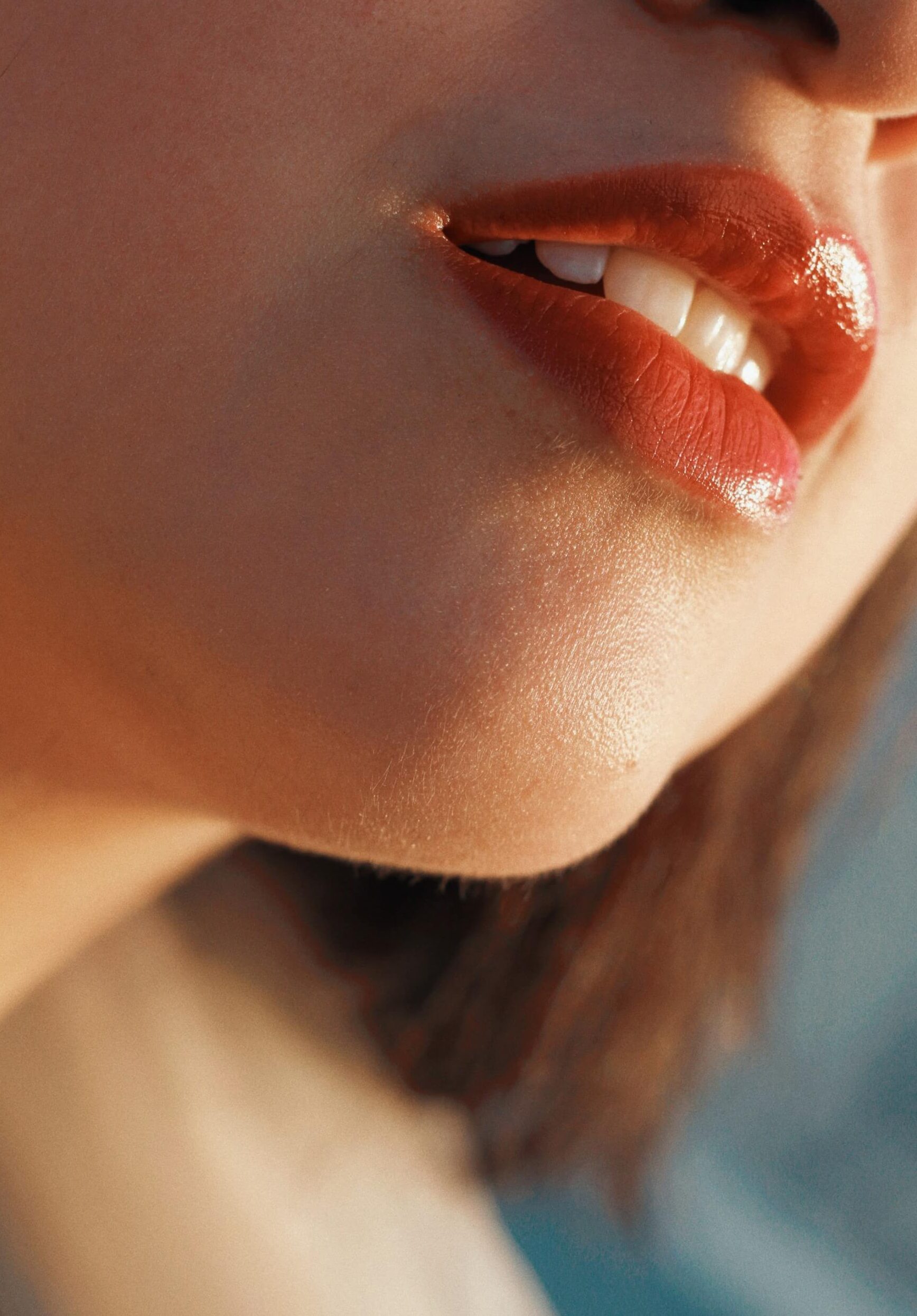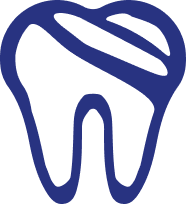
Lips and Teeth
Yes, dental check-ups and cleanings are highly recommended to ensure oral health and prevent potential infection after treatment. Dental cleanings and check-ups help identify and address issues such as tooth decay, gum inflammation, or oral infections, which could otherwise increase the risk of complications after your filler treatment. Getting your dental work done first helps make sure your lips aren’t sore or swollen when you go in for fillers, so your injector can see your natural lip shape clearly and achieve the best possible balance. Taking care of your oral health, not only protects your smile but also enhances the overall results of your lip augmentation.
It is best to avoid invasive dental procedures, such as extractions or root canals, immediately before lip augmentation to reduce the risk of infection and swelling. Ideally, you should schedule dental work and lip injections at least a few days to two weeks apart, depending on the procedure.
Absolutely. Untreated cavities, tooth decay or gum disease can increase the risk of infection and complicate the healing process. It is important to address these issues before proceeding with lip
augmentation. When the underlying dental structures are compromised, it can subtly alter your facial proportions — for instance, gum recession or missing teeth can reduce lip support, leading to an uneven or less defined result after fillers. Ensuring your oral health is stable provides a healthy foundation for aesthetic treatments and helps achieve smoother, more symmetrical, and longer-lasting results.
Yes, dental X-rays are safe after lip augmentation. Fillers will not interfere with the x-ray process. Lip fillers are not visible on small dental X-rays. However, it’s still a good idea to let your dentist know if you’ve recently had lip augmentation, especially if your appointment is within the first 1–2 weeks after treatment.
If you allow adequate time to heal after lip augmentation, a minimum of two weeks, once healing is complete, routine dental treatments such as cleanings, fillings, or orthodontic adjustments should not affect your filler results. With proper timing and communication between your dental and aesthetic providers, you can safely undergo dental care without compromising your lip filler results or comfort.
Yes, you should always inform your dentist about any recent procedures, including lip augmentation, so that they can take the necessary precautions and provide the best care. Any
asymmetrical thickening in the lips is concerning and requires further investigation. If you’re due for lip injections soon after dental treatment, wait a few days to allow any irritation or stretching from dental work to resolve first.
Maintain regular oral hygiene, but treat your mouth gently. For the first few days after the procedure, avoid vigorous brushing or flossing, which could put pressure on your mouth. If you use an electric toothbrush, switch to manual brushing for the first few days to reduce vibration and pressure. It’s also a good idea to pause the use of alcohol-based mouthwashes for about 48 hours, as these can cause stinging or dryness around the lips. After the initial healing period, you can safely resume your normal oral hygiene routine.
Your lips may be more sensitive immediately after treatment, but this sensitivity should decrease over time. If you have a dental appointment scheduled soon after your filler treatment, it’s best to reschedule it for at least 1–2 weeks later. Once your lips have healed and the filler has settled, dental procedures should feel completely normal. Lip augmentation does not cause long-term sensitivity or interfere with your ability to undergo dental treatments safely.
It’s generally better to start orthodontic treatment—such as braces or aligners— before lip augmentation. This allows the dentist to consider your new dental alignment in the augmentation process for a more harmonious result. If you get lip fillers before orthodontic work, your lips might look and feel different once your teeth and jaw alignment begin to shift. That said, if you’re already undergoing orthodontic treatment and wish to enhance your lips, you can still do so safely—just make sure to coordinate with both your orthodontist and injector.
Lip fillers typically don’t interfere with orthodontic appliances like braces or aligners. However, you might experience some initial discomfort due to the added volume in your lips. If you’re currently wearing clear aligner, you may feel mild tightness or pressure when putting them in or taking them out right after your lip filler appointment. This is usually due to initial swelling rather than the filler itself. The sensation typically resolves within a few days as the lips heal and the swelling subsides. With good communication between your providers and proper timing, lip fillers and orthodontic treatments can safely complement each other.
Lip augmentation can potentially trigger a cold sore outbreak if you’re prone to them, especially within the first few days after the procedure. However, this doesn’t mean you can’t have lip fillers safely. It’s important to discuss this with your healthcare provider, as they might prescribe antiviral medication as a preventive measure. If you already have an active cold sore or feel one developing best to reschedule your treatment until it has completely healed. Performing injections during an active outbreak can spread the virus to other parts of the lips and delay recovery.
It’s generally recommended to wait at least two weeks after lip augmentation before undergoing any teeth whitening procedure. This ensures your lips have healed enough to tolerate the exposure to whitening agents or UV light. Additionally, you’ll need to stretch or open your mouth wide during a whitening session, which could put unnecessary pressure on the newly treated area and potentially affect the filler’s placement or lead to uneven results.












